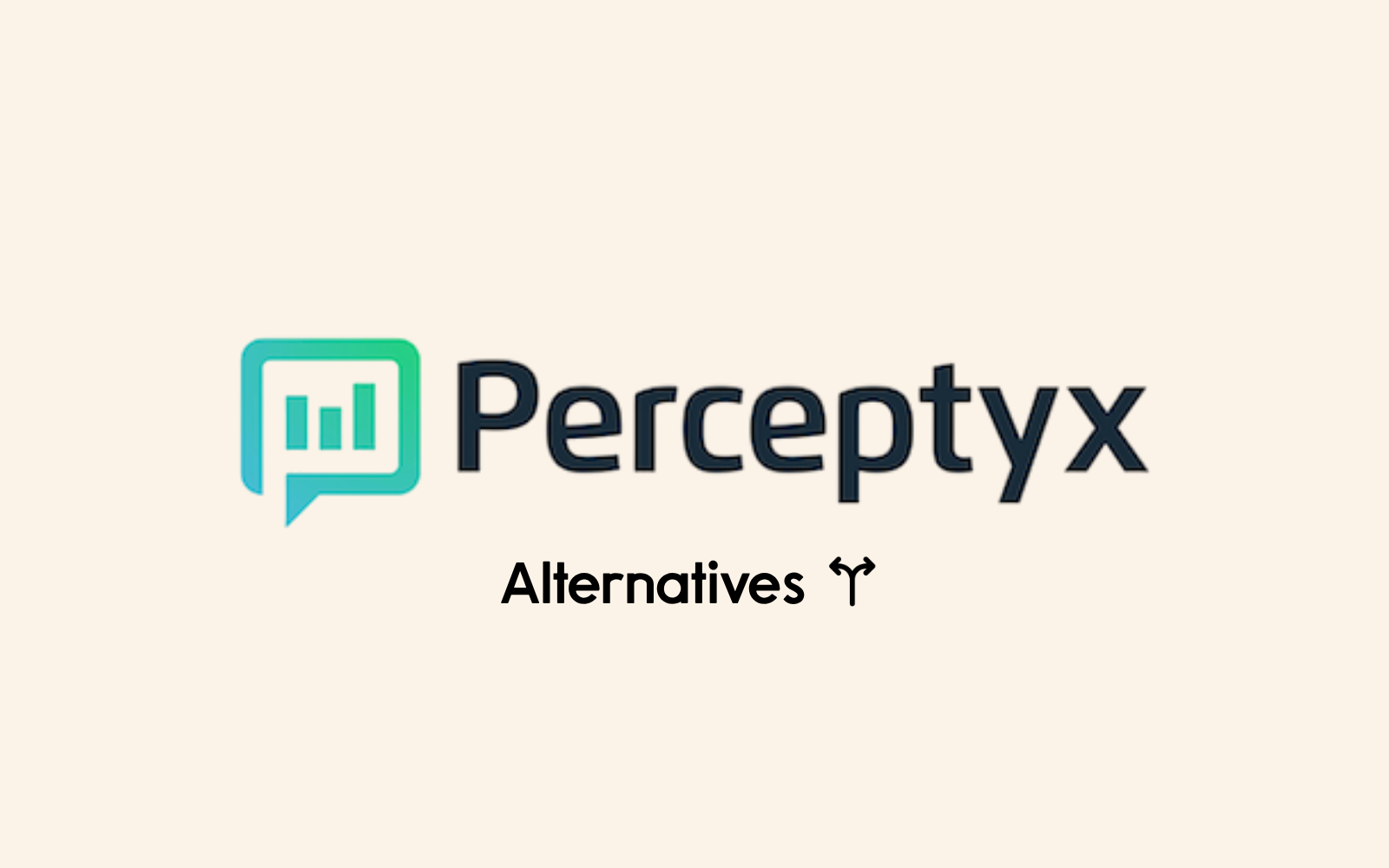Let’s face it, traditional feedback sessions can feel like a dentist visit – uncomfortable, sometimes painful, but necessary. However, what if we told you there’s a way to make these sessions more like a chat over coffee, focusing on the future rather than dissecting the past? Enter “feedback feedforward,” the game-changer you didn’t know you needed.
What is feedback feedforward?
Picture this: Instead of rehashing what went wrong last quarter, you’re discussing how to ace the next one. That’s feedback feedforward in a nutshell. It’s all about giving advice on how to improve moving forward, rather than critiquing past performances. Think of it as coaching for the future, not refereeing past mistakes.
The benefits of feedback feedforward
- Promotes continuous improvement: Just like your favourite video game where you level up with each challenge, feedback feedforward encourages ongoing development. By focusing on future goals, employees stay motivated to keep growing and improving.
- Less stress, more progress: Traditional feedback can feel like being on the receiving end of a lecture. Feedforward, on the other hand, is more like a friendly pep talk. It’s all about reducing the stress and creating a positive, supportive atmosphere.
- Boosts team communication and collaboration: Imagine a team that communicates openly and collaborates seamlessly. By focusing on future improvements, teams are more likely to share ideas and work together towards common goals. It’s like turning every meeting into a brainstorming session.
- Enhances employee engagement: When employees know that feedback is about helping them grow rather than pointing out flaws, they’re more engaged and committed. They feel valued and supported, leading to higher job satisfaction and loyalty. Which incidentally, you can track using Wotter 👀…
How to implement feedback feedforward in your organisation
- Educate leaders and managers: First things first, get your leaders on board. Train them to focus on future possibilities instead of past mistakes. It’s like teaching a new dance move – it might take a bit of practice, but the results are worth it.
- Foster a culture of continuous learning: Encourage an environment where learning is part of the daily grind. Provide resources and opportunities for skill development, and celebrate those who take initiative. Think of it as a company-wide growth spurt.
- Set clear, future-focused goals: Make sure your goals are not just pie-in-the-sky dreams. They should be specific, measurable, and aligned with your overall mission. Clear goals are like a roadmap to success.
- Regular, constructive feedback sessions: Regular feedback isn’t just for annual reviews anymore. Make it a habit to have constructive, forward-looking conversations. It’s like giving your car a tune-up – regular maintenance keeps everything running smoothly.
- Encourage peer-to-peer feedback: Sometimes the best advice comes from a colleague who’s in the trenches with you. Encourage team members to share constructive feedback with each other. It’s like having a built-in support network.
Real-world examples of feedback feedforward
Let’s talk about some real-world heroes. Google’s Project Oxygen found that giving clear, actionable advice for future performance is key to effective management. This approach has helped Google maintain high levels of employee satisfaction and productivity.
Deloitte also revamped their performance management system to focus more on feedforward. This shift has led to greater employee engagement and more meaningful development conversations. It’s like upgrading from a flip phone to a smartphone – everything just works better.
Overcoming challenges
Change is never easy, and implementing feedback feedforward is no exception. Resistance is common, but it’s nothing a bit of clear communication and training can’t fix. Think of it as breaking in a new pair of shoes – a bit uncomfortable at first, but soon they’ll be your favourite pair.
Also, ensure that feedback feedforward doesn’t become a wishy-washy optimism fest. Be specific and realistic with your advice. After all, concrete steps are what drive real improvement.
Conclusion
Feedback feedforward is like a breath of fresh air in the sometimes stuffy world of performance reviews. By focusing on future improvement rather than past mistakes, you can foster a positive, growth-oriented work culture. This approach enhances communication, reduces anxiety, and boosts employee engagement.
So, why not give feedback feedforward a try? Your team might just thank you for it. Remember, the future of feedback is all about looking forward – and the future is now.









